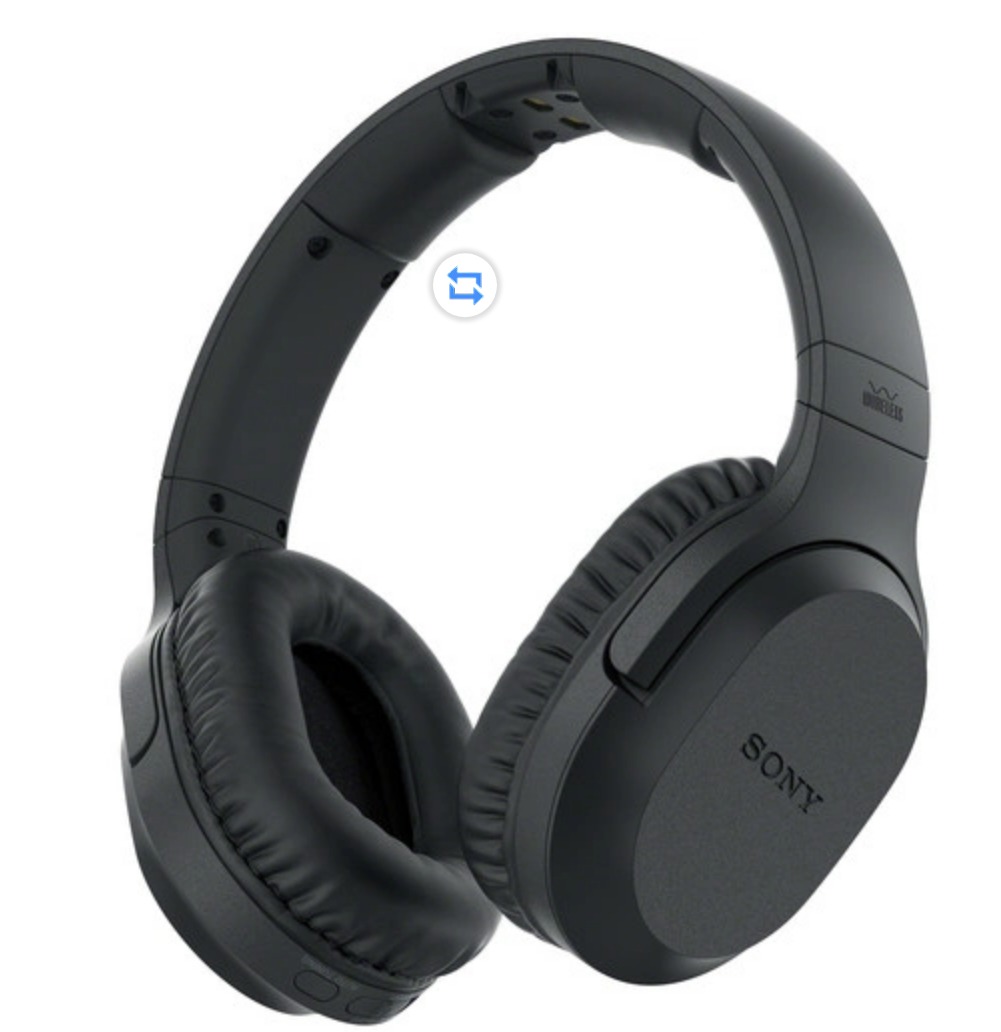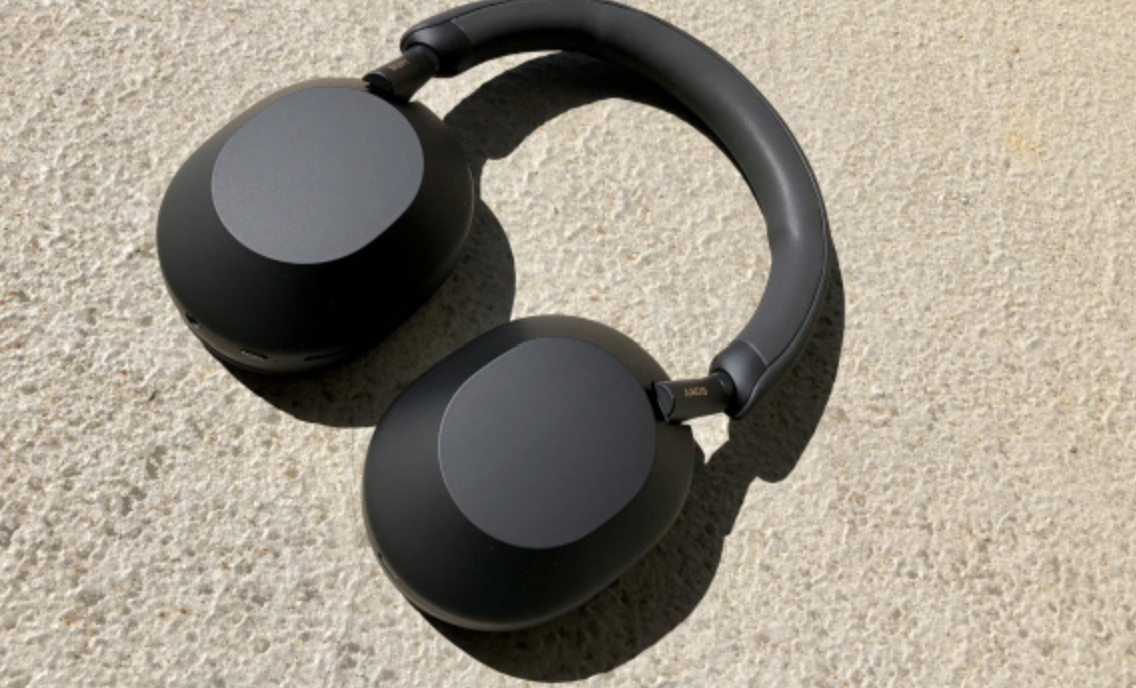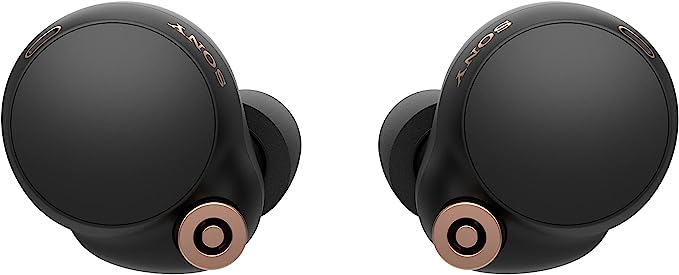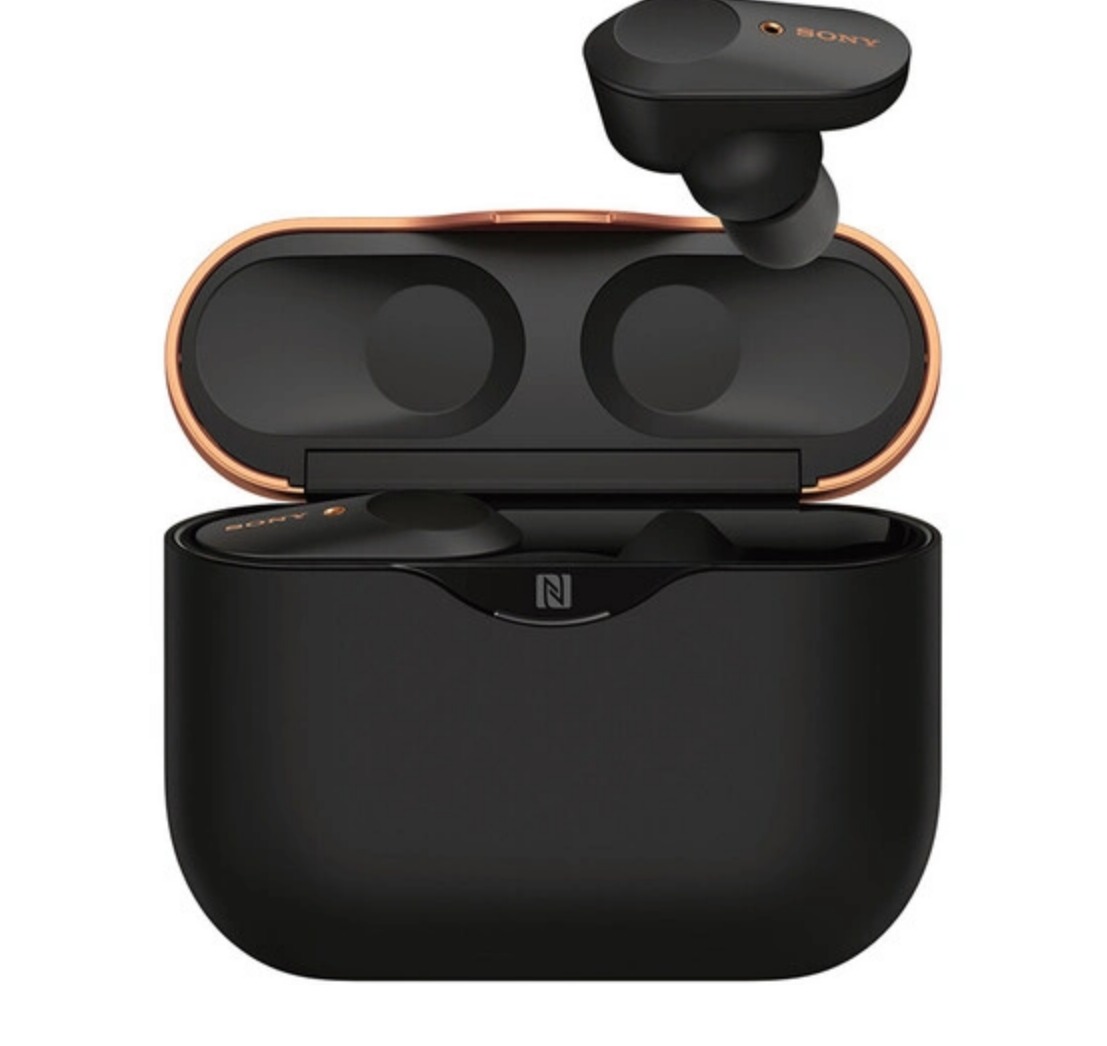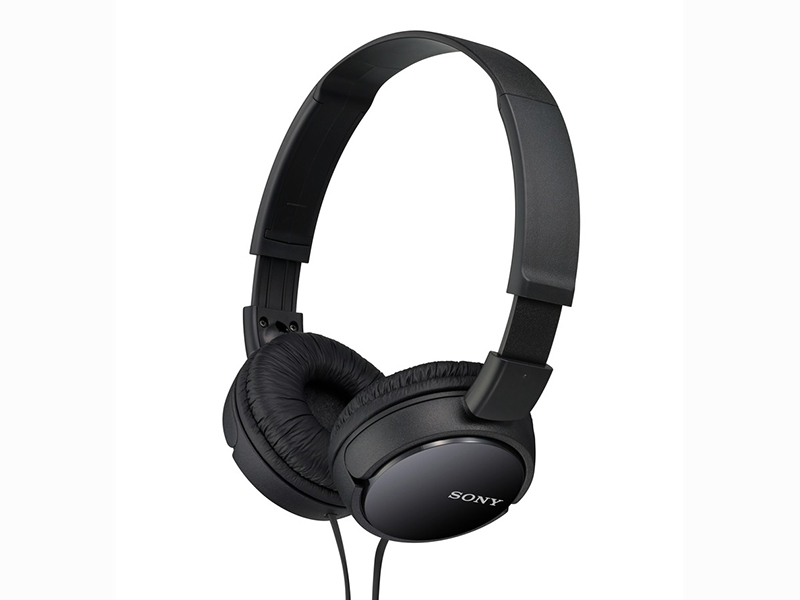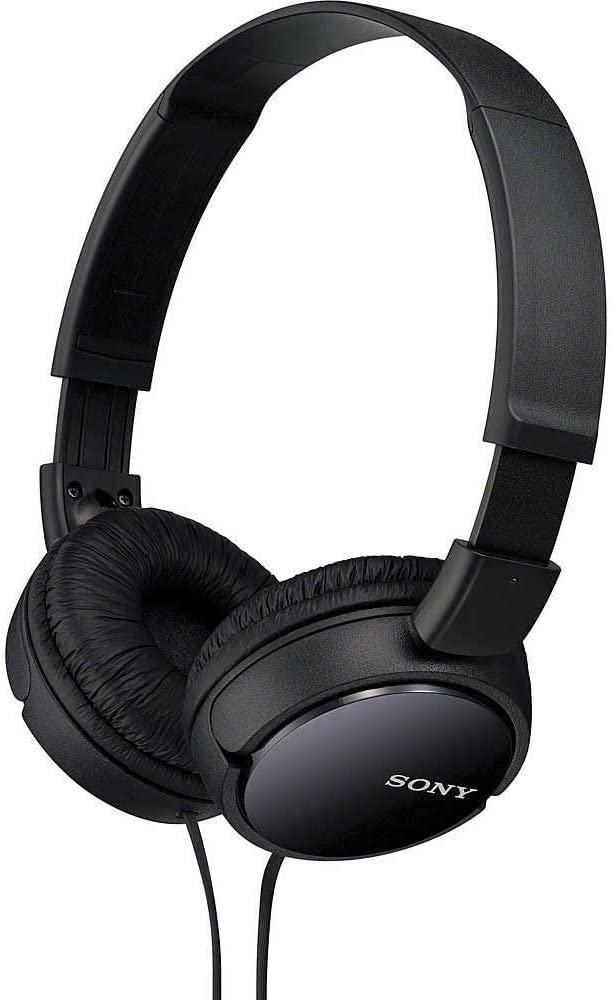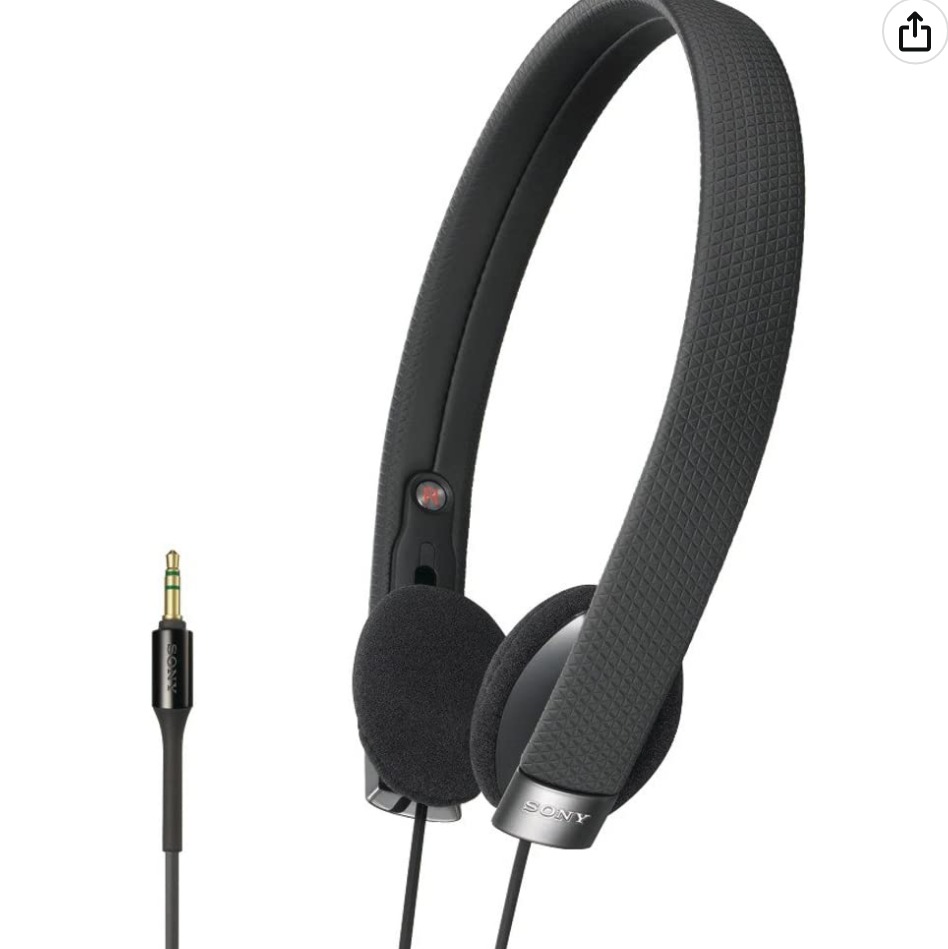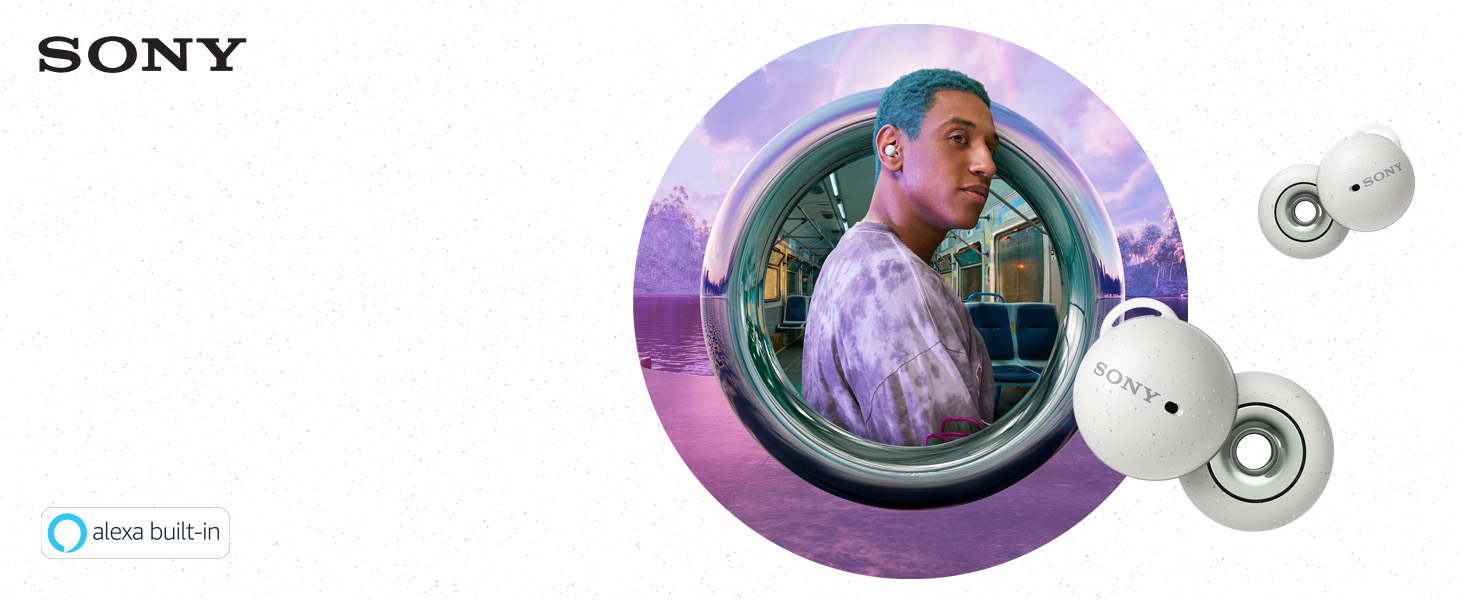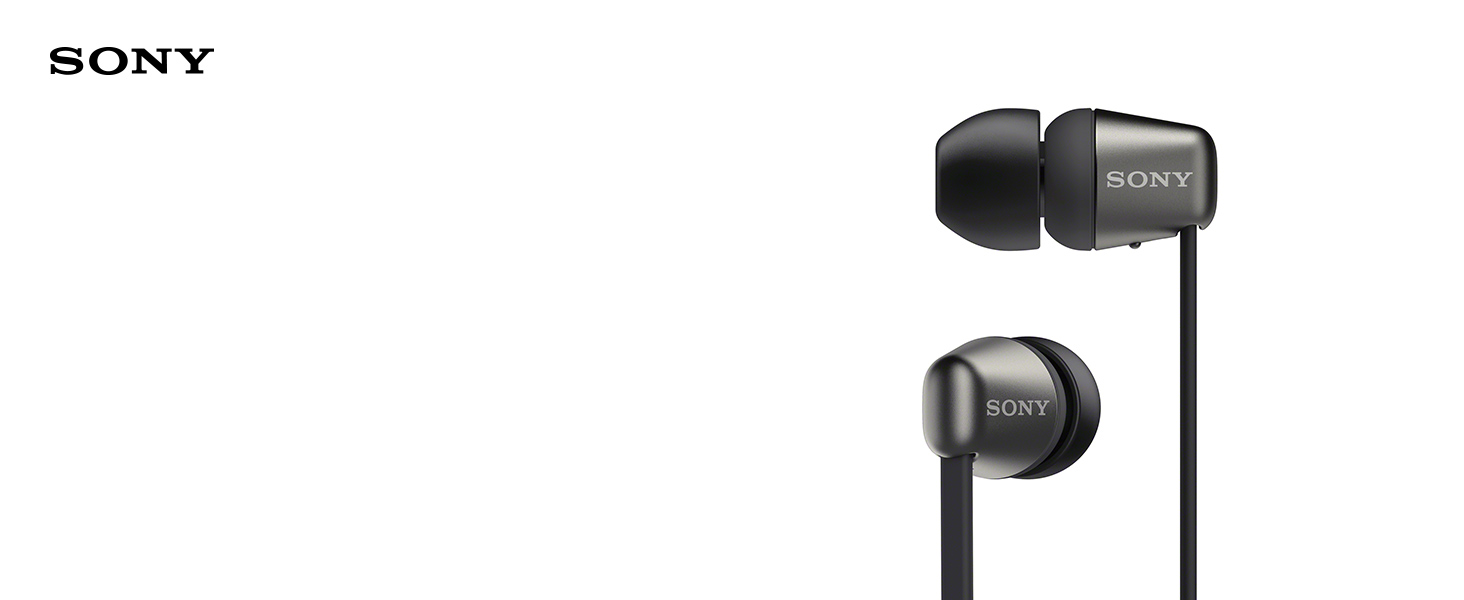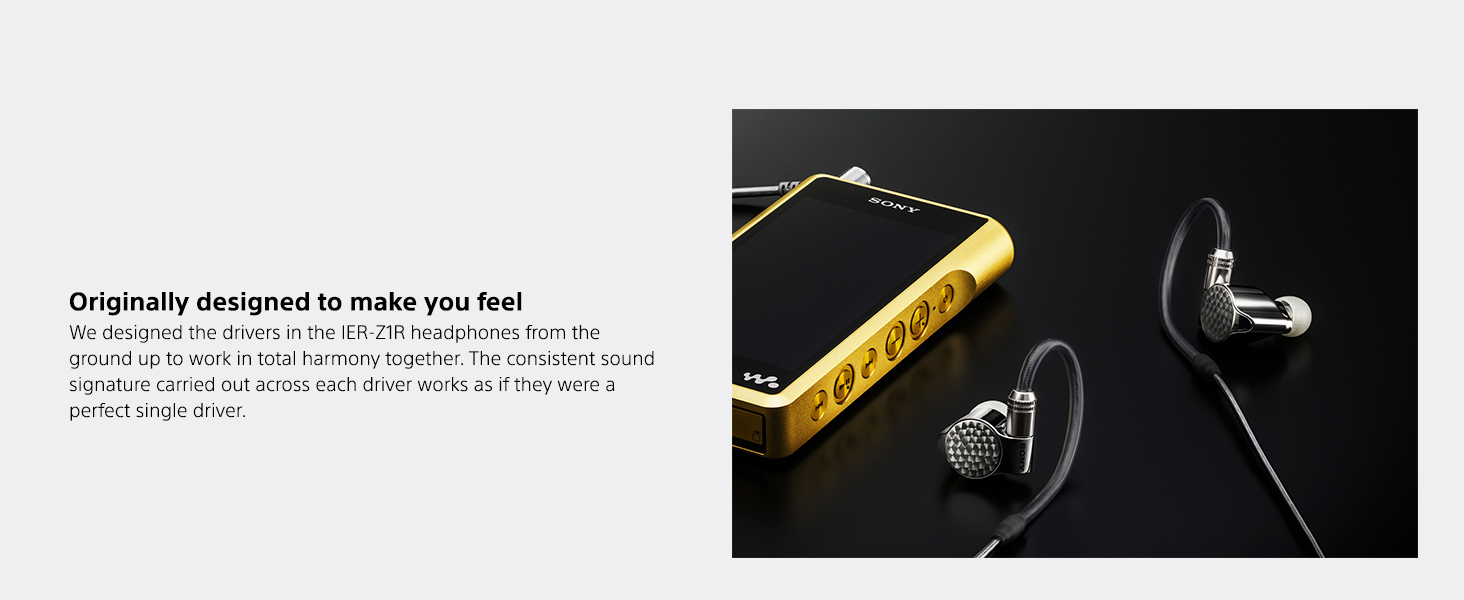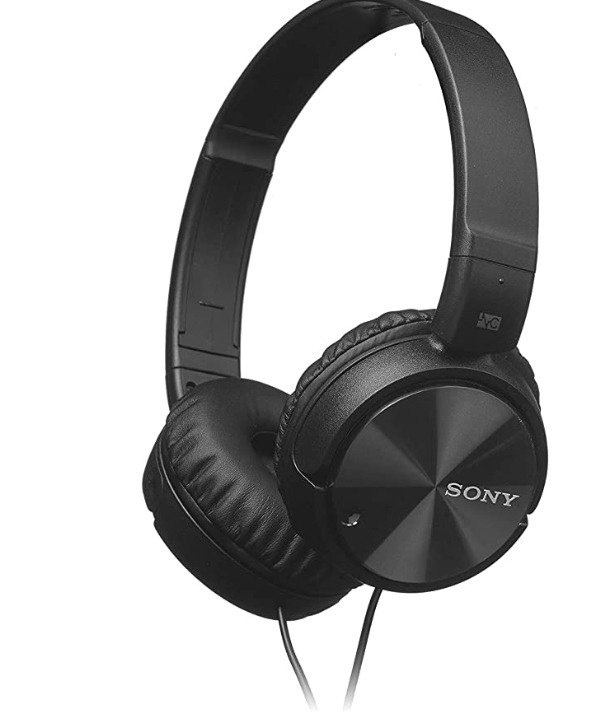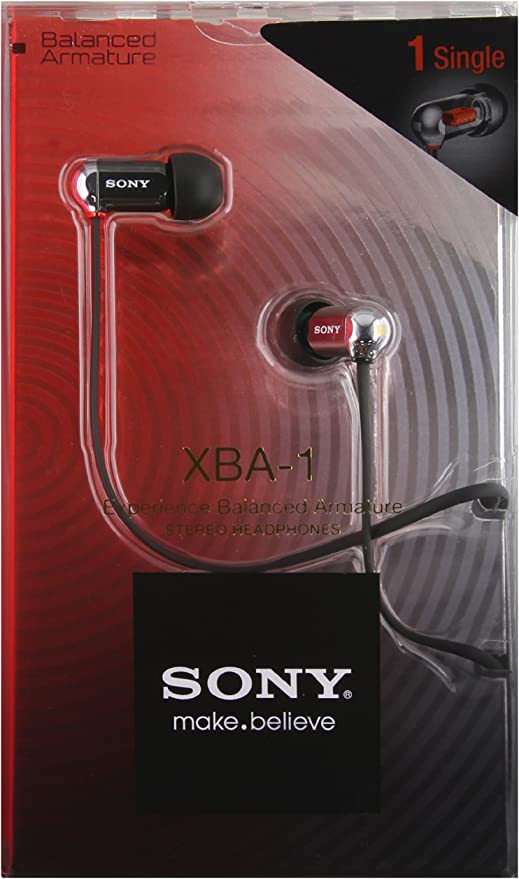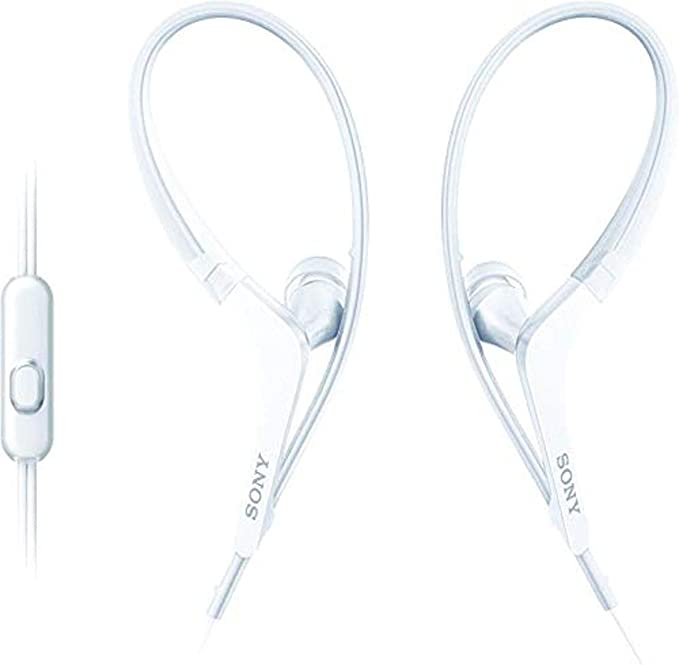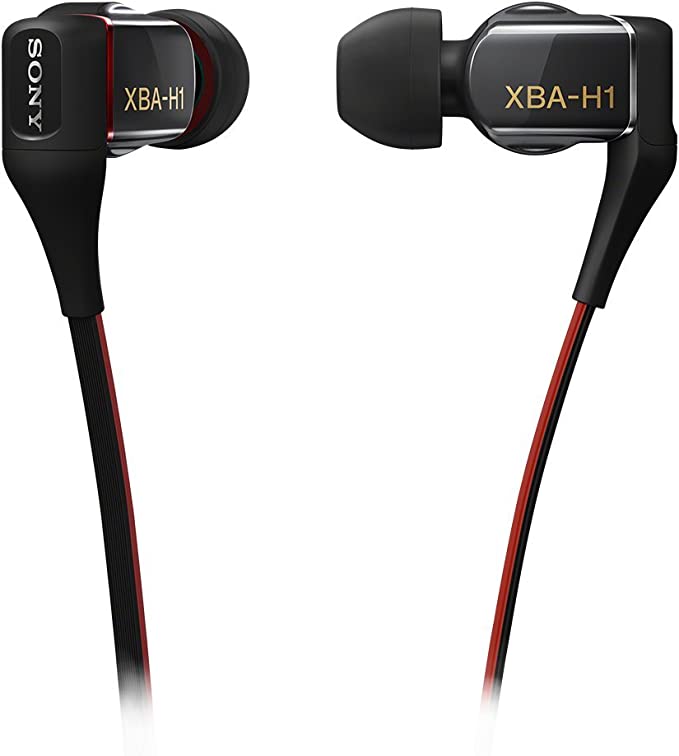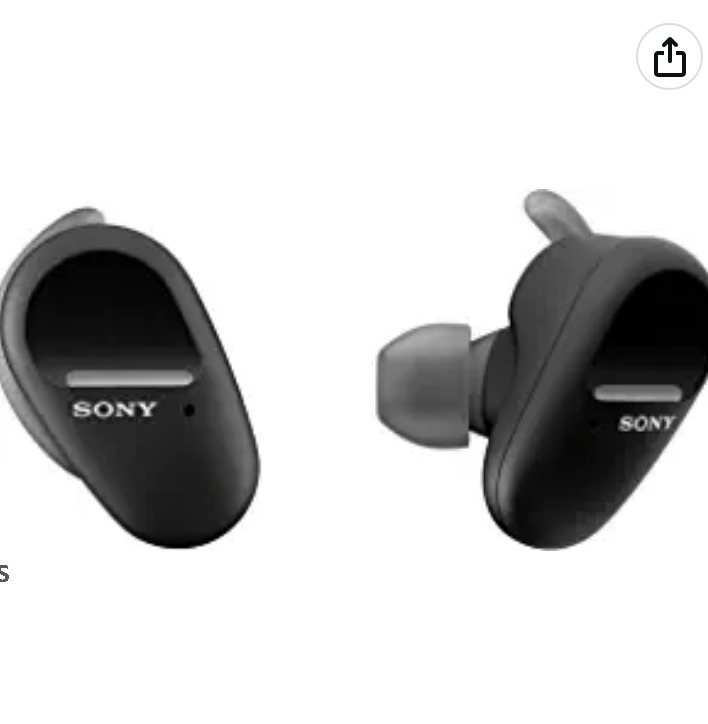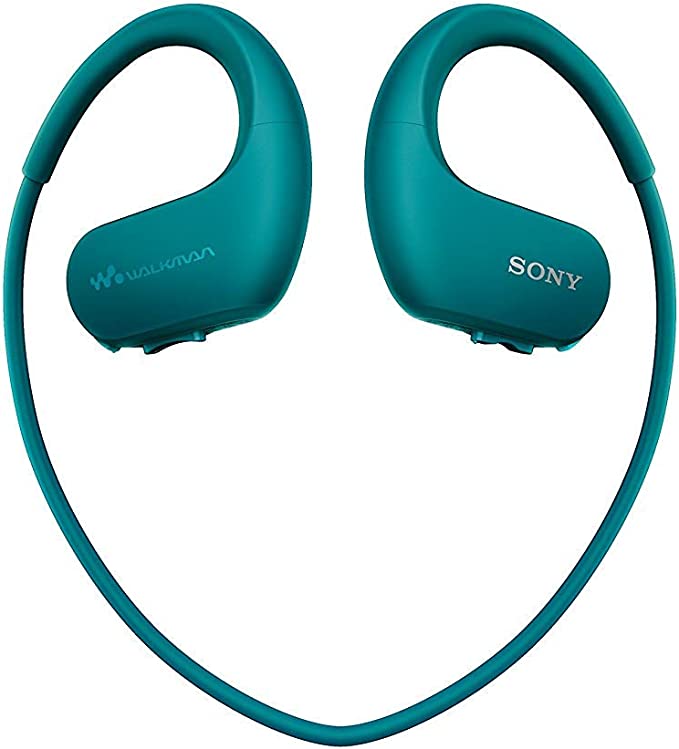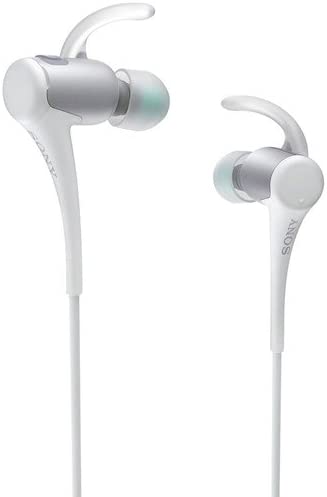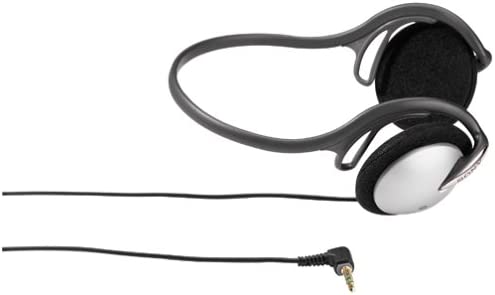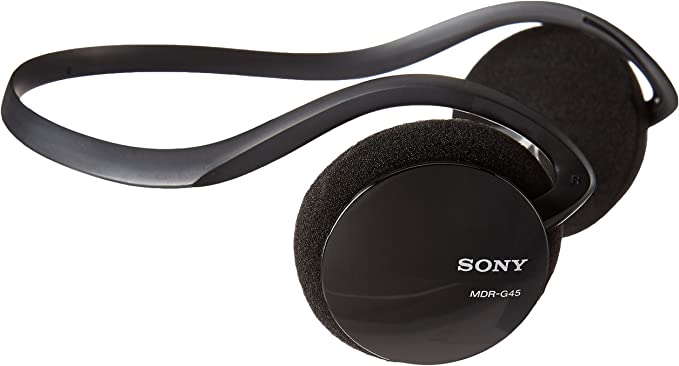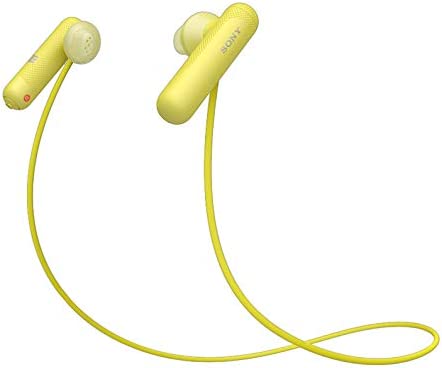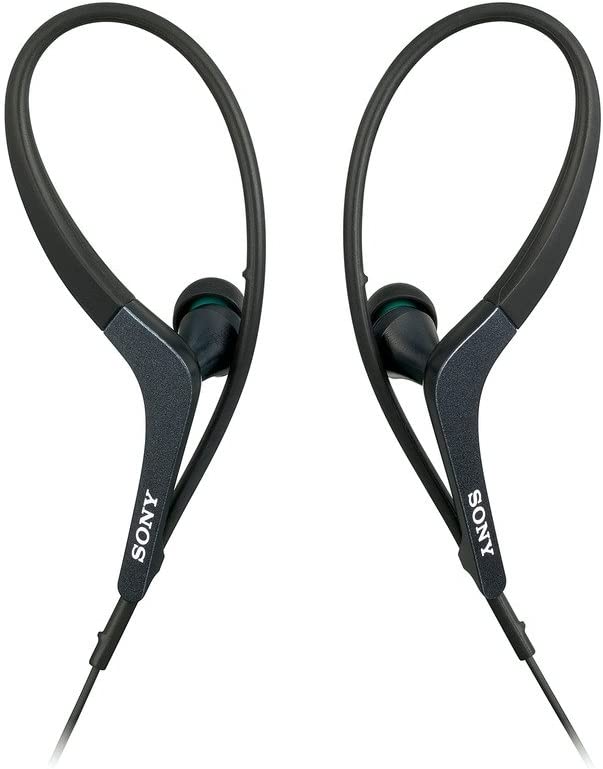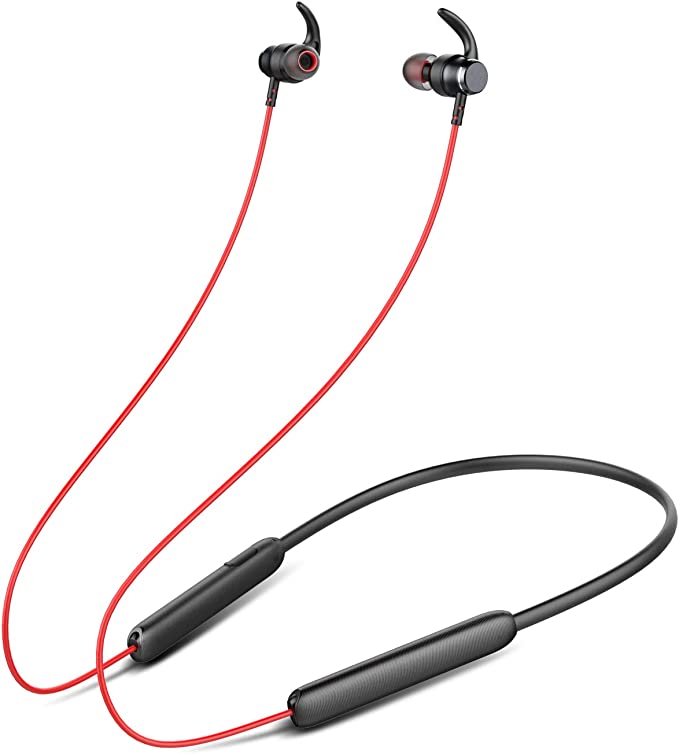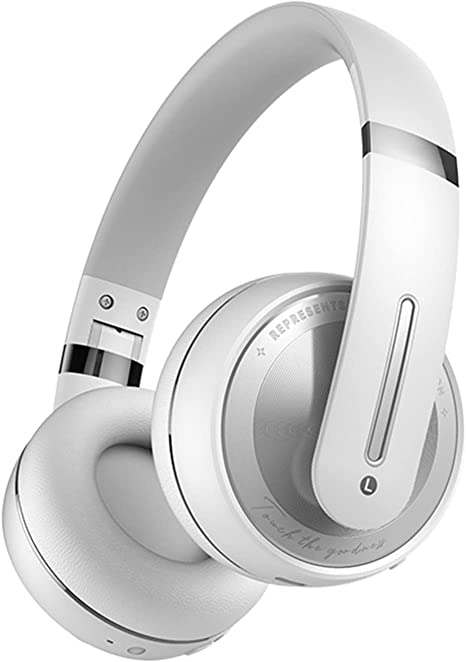Sony WH-CH520 Wireless Headphones: The Science Behind 50 Hours of Sound & Seamless Connectivity
Update on April 25, 2025, 4:31 p.m.
We live in an era of constant connection, a fluid dance between work, entertainment, and communication, often orchestrated through the soundtrack of our lives. Whether it’s the podcast accompanying your commute, the focus-enhancing playlist at your desk, or that crucial call taken on the go, wireless headphones have become indispensable tools. But delivering a truly seamless and satisfying experience—especially one that doesn’t break the bank—is a complex engineering puzzle. How do you balance marathon battery life with rich sound, effortless connectivity with day-long comfort, all within an accessible package?
Let’s delve into the Sony WH-CH520 wireless headphones, not just as a list of features, but as a fascinating case study in the applied science and thoughtful design choices that aim to solve this very puzzle for the everyday listener. Forget the marketing hype; let’s explore the how and why behind the technology that powers this popular pair of on-ear companions. (Please note: Specific performance details are based on manufacturer information and user feedback context provided, while scientific principles discussed are general and widely accepted.)

Beyond 9-to-5: The Freedom of 50-Hour Playback
Perhaps the most attention-grabbing claim for the WH-CH520 is its staggering up to 50 hours of battery life on a single charge. In a world where we juggle charging cables for countless devices, this figure represents more than just a number; it signifies freedom. Freedom from daily charging rituals, freedom to embark on a long weekend trip without packing yet another charger, freedom from that nagging “low battery” anxiety during a critical moment.
What’s the science behind this marathon endurance? Part of the answer lies in the Lithium Polymer (Li-Poly) battery technology employed. Li-Poly represents an evolution in rechargeable batteries, generally offering higher energy density compared to older lithium-ion chemistries. Think of it like packing more energy into a lighter, more flexible “energy backpack,” crucial for keeping headphones comfortable and unobtrusive.
But it’s not just about the battery’s capacity. Sophisticated power management integrated circuits (ICs) within the headphones play a vital role, meticulously optimizing energy consumption. Every function, from the wireless transmission to the audio processing, is designed to sip, not gulp, power.
And for those inevitable moments when you do forget to charge? The quick charge feature offers a lifeline. Leveraging optimized charging protocols that allow for a higher initial current flow, just three minutes plugged into a USB Type-C port can deliver approximately 1.5 hours of playback. It’s like an espresso shot for your headphones – a rapid energy boost to get you through that next meeting or workout. This remarkable endurance forms the reliable bedrock upon which the entire listening experience is built.

Hearing What the Compression Algorithms Hid: DSEE and the Quest for Better Digital Sound
With endurance sorted, let’s turn to the quality of the sound filling those hours. Much of our music today arrives digitally compressed – streamed from services or stored as files like MP3s. This compression is essential for efficient storage and transmission over limited bandwidth, but it often comes at a cost: sound quality. To shrink file sizes, “lossy” compression algorithms discard some audio data deemed less perceptible to the human ear. The result? Sometimes music can sound a little flat, lacking the sparkle in the high frequencies or the subtle atmospheric details of the original recording.
Sony tackles this digital dilemma with its proprietary DSEE (Digital Sound Enhancement Engine) technology. Imagine DSEE as a team of meticulous audio archaeologists. It analyzes the compressed audio signal that is present, identifies the tell-tale signs of data loss (particularly in the higher frequencies), and then uses intelligent algorithms to estimate and digitally reconstruct some of that missing sonic information. It’s akin to sophisticated image software analyzing a compressed photo and intelligently sharpening details or restoring faded colors based on the surrounding pixels.
It’s crucial to understand that DSEE isn’t magic; it’s intelligent estimation, an attempt to restore, not a perfect recreation of the lost data. However, for many listeners, the result is a perceivable enhancement – a restoration of crispness to cymbals, airiness to vocals, and a generally fuller, more natural sound closer to the original intent. It breathes life back into those convenient, but sometimes compromised, digital audio streams.
Further personalizing this experience is the EQ Custom feature, accessible via the companion Sony | Headphones Connect App. Equalization is the art of tuning specific frequency bands – boosting the bass for more impact, adjusting the midrange for vocal clarity, or tweaking the treble for brightness. This app puts the listener in the mixing chair, allowing them to select presets or create their own sound profile, tailoring the audio output (including the DSEE-enhanced signal) to their unique hearing and musical tastes – a practical application of basic acoustics and psychoacoustics.

The Art of the Seamless Switch: Mastering Multi-Device Life with Multipoint
In our modern workflow, we often hop between devices – listening to music on a laptop, then needing to take a call on our smartphone. Manually disconnecting and reconnecting Bluetooth headphones can be a clunky interruption. This is where Bluetooth Multipoint connectivity, featured in the WH-CH520, becomes a quiet hero.
Think of Multipoint like having a skilled bilingual translator inside your headphones, capable of maintaining two active Bluetooth connections simultaneously. Your headphones remain actively linked to both your laptop and your phone, for instance. When a call comes in on your phone while you’re listening to audio from your laptop, Multipoint technology intelligently manages the connections, automatically pausing the laptop audio and switching focus to the phone call. Once the call ends, it often seamlessly switches back. It’s a sophisticated management of Bluetooth protocols happening behind the scenes, eliminating a common point of friction in our multi-device lives.
The initial setup friction is also addressed through support for Google Fast Pair (for compatible Android devices) and Microsoft Swift Pair (for Windows 10/11). These protocols streamline the sometimes-finicky process of finding and pairing new Bluetooth devices, making the first connection much smoother. And, of course, the integrated built-in microphone is essential for completing this connectivity picture, enabling clear hands-free calling directly through the headphones.

Wearing the Sound Wisely: Comfort, Design, and Acoustic Choices
Technology is only truly useful if it’s comfortable to use. Recognizing that headphones might be worn for hours on end (especially with that 50-hour battery!), Sony paid close attention to ergonomics. The WH-CH520 tips the scales at a mere 5.1 ounces (approximately 145 grams). This featherweight status is achieved through careful material science – utilizing durable yet lightweight plastics commonly found in modern consumer electronics. This design choice directly translates to reduced pressure and strain on the head and ears during extended listening sessions.
The On-Ear form factor itself represents a specific set of acoustic and comfort choices. Unlike over-ear designs that fully enclose the ear, or in-ear designs that sit inside the ear canal, on-ear headphones rest directly on the ear. This typically results in a more compact design but offers a different kind of sound isolation. The earpads create a physical barrier, providing Passive Noise Isolation. It muffles some surrounding ambient noise, allowing you to focus more on your audio, but it doesn’t electronically eliminate noise like Active Noise Cancellation (ANC) technology does (which uses microphones and anti-noise signals, and is not present in this model). For many users, this passive approach is preferable, offering a degree of situational awareness – important when navigating city streets or listening for announcements.
User experiences (as reflected in the source material) suggest that while the lightweight design is generally praised for comfort, the initial fit of the on-ear pads might require a short adaptation period to fully conform to individual ear shapes. Furthermore, like many on-ear designs, some sound leakage might be noticeable to others nearby if listening at very high volumes – a common trade-off in this form factor’s acoustic design.
Finally, we see evidence of deliberate design choices balancing features, cost, and usability. The fact that the headphones swivel flat aids portability, even if they don’t employ a more complex (and potentially heavier or costlier) folding mechanism mentioned as absent in user feedback. Similarly, the omission of a traditional 3.5mm audio jack streamlines the design and likely reduces cost, fully embracing the wireless paradigm, though sacrificing a wired backup option some users might prefer. These are the kinds of engineering compromises inherent in creating accessible technology.

Conclusion: The Symphony of Accessible Engineering
The Sony WH-CH520 wireless headphones are more than the sum of their parts. They represent a carefully orchestrated symphony of engineering choices. The longevity provided by advanced battery technology creates the canvas for enjoyable listening. Smart audio processing like DSEE attempts to enrich the quality of our ubiquitous digital streams. Seamless connectivity features like Multipoint smooth out the rough edges of our multi-device interactions. And a lightweight, considered physical design aims to make the entire experience comfortable and unobtrusive.
What’s truly fascinating isn’t necessarily ground-breaking, world-first technology, but rather the skillful integration and optimization of established scientific principles – in battery chemistry, digital signal processing, wireless protocols, and material science – to deliver a balanced, reliable, and genuinely useful audio companion for everyday life, all within an accessible reach. It’s a testament to how thoughtful engineering continues to democratize technology, bringing enhanced convenience and enjoyment to our increasingly wireless world.

